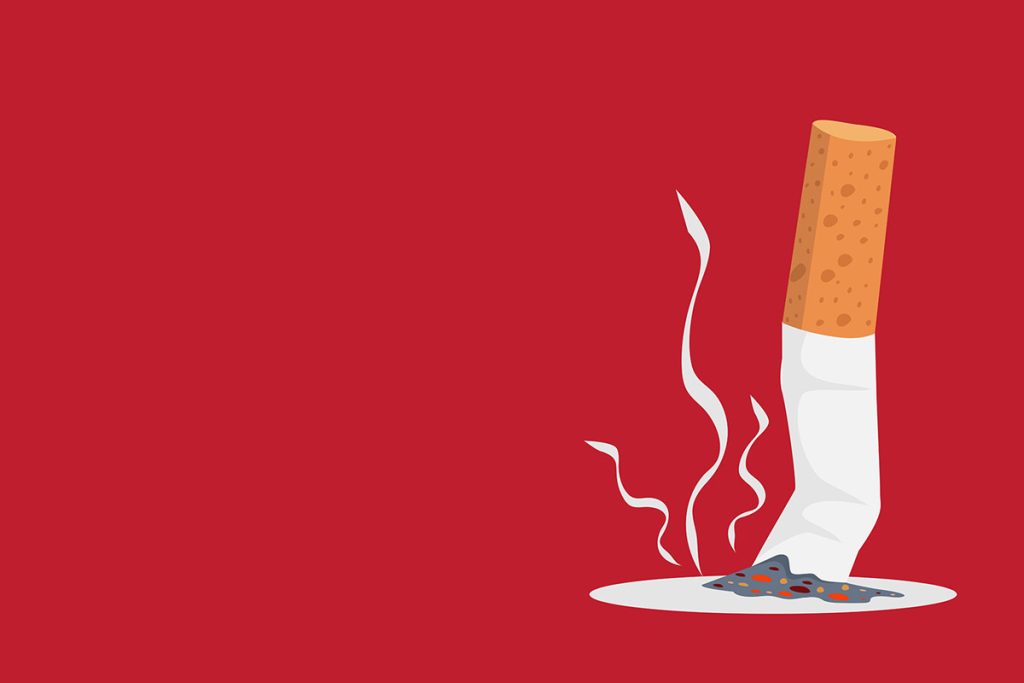5 key tips to getting rid of it for good
By Donna McGeorge
Breaking a bad habit can be tough, but it’s not impossible. Whether it’s spending too much time on social media, biting your nails, or procrastinating. Whatever it may be, it requires a combination of self-discipline, patience, and persistence to break it and develop healthier habits.
If you’re ready to kick that bad habit to the curb, here are five key tips to help you get started:
Identify the root cause
Before you can start working on getting rid of your bad habit, it’s important to understand why you developed it in the first place. Is it a coping mechanism for stress or anxiety? Is it a habit you picked up from friends or family members? By identifying the root cause, you can start to address the underlying issue and develop healthier coping mechanisms.
Replace it with a healthier alternative
It’s much easier to break a bad habit if you have a healthier alternative to replace it with. For example, if you’re trying to quit smoking, you might try chewing gum or going for a walk when you feel the urge to light up. If you’re trying to cut back on snacking, you might try drinking water instead. By replacing your bad habit with a healthier alternative, you’ll give yourself a better chance of sticking with your new habit.
Use a habit tracker
Habit trackers can take many different forms, from simple checklists to more complex digital tools, but they all have the same basic goal: to help you stay accountable and motivated as you work to change your behaviour.
The act of tracking itself can be motivating, as it provides a sense of accomplishment and helps you stay focused on your goals. Whether you’re trying to quit smoking, reduce your screen time, or start exercising regularly, a habit tracker can be a useful tool to help you stay on track and achieve your goals.
Have an accountability partner
Having an accountability partner who holds you responsible for your actions and provides support and encouragement as you work towards your goals can be a powerful way to break a bad habit. They could be a friend, family member, colleague, or even a professional coach or therapist. It can provide a sense of camaraderie and support, making the journey towards a healthier habit less lonely and more enjoyable.
Don’t beat yourself up for slip-ups
Change is a process, and it is normal to slip up from time to time. If you do slip up and engage in your bad habit, don’t beat yourself up about it. Instead, use it as an opportunity to learn and grow. Ask yourself what triggered the slip-up and what you can do differently next time to avoid it. Remember that breaking a bad habit is a marathon, not a sprint, and every step forward is progress.
Breaking a habit can be a challenging and sometimes frustrating process, and it’s important to remember that it’s also a journey. Chances are, you’ll learn a lot about yourself, your triggers, and your values, and you’ll develop important skills like self-discipline, resilience, and self-compassion.
Success is not always measured by how quickly you break a habit, but by the progress you make along the way. So be kind to yourself, celebrate every step forward, and keep moving towards a healthier, happier you.

Donna McGeorge is a global authority on productivity, and best-selling author of the “It’s About Time” book series. Her latest book, “Join the ChatGPT Revolution” (published by Wiley) was released earlier this year.
Find out more at www.donnamcgeorge.com


